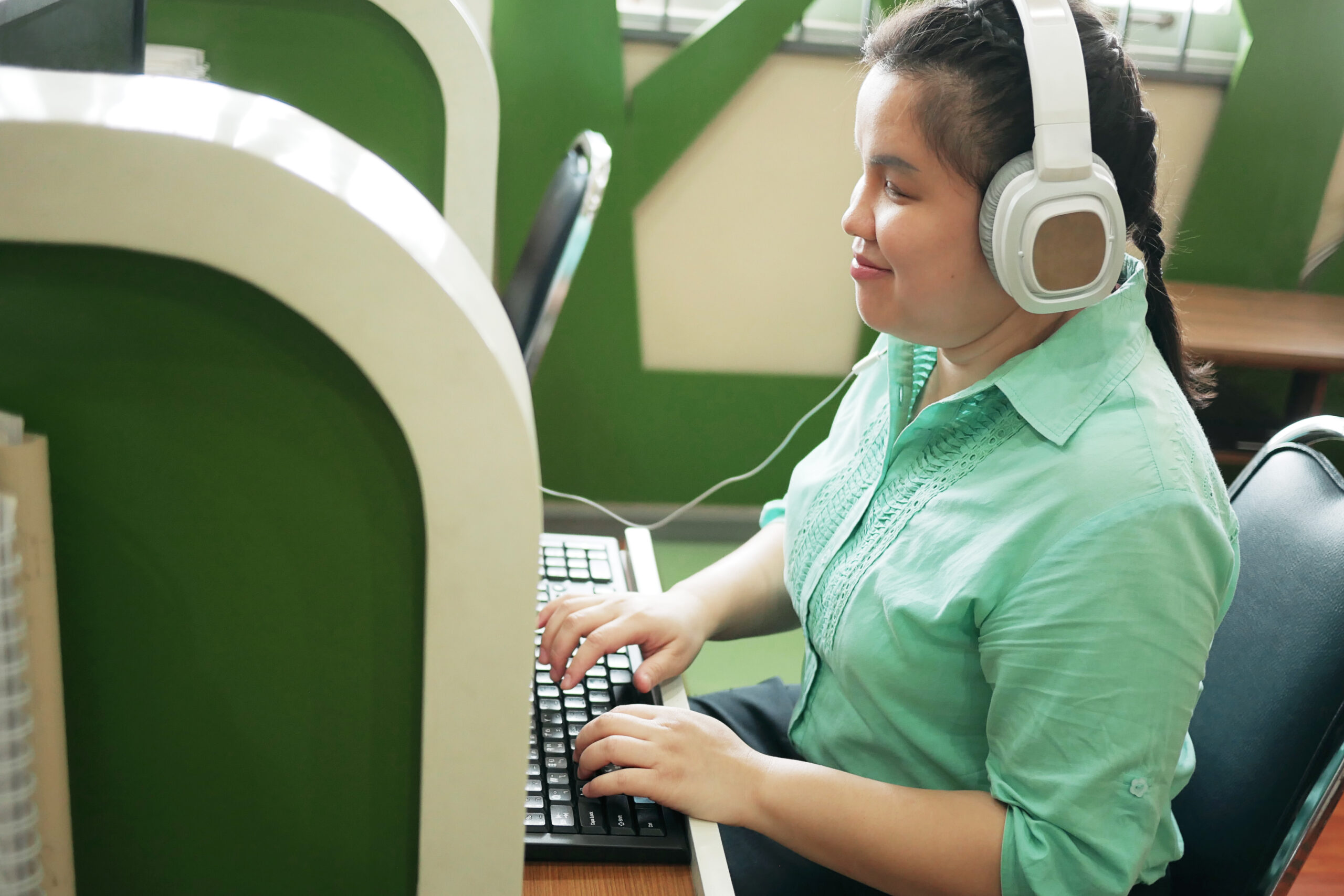News
Morphic: Advancing Social Equity Through Digital Inclusion

We live in a world of digital technology. Computers have become embedded in our everyday lives to the point where many of us hardly notice how often we interact with technology—to buy our groceries or train tickets, check out books from the library, communicate with colleagues, friends and family, do our banking, enter secure spaces, and use household appliances. But for some users, this reliance on computers to complete everyday tasks leads to constant struggle, frustration, and in some cases giving up. Too many older adults, people with disabilities, and people who lack “digital affinity” (i.e., the ability to understand and use technology, irrespective of education or intelligence) are being left behind.
All of these user groups were top of mind for the developers of Morphic, an open-source software application that makes computers easier to use. The development of Morphic was a decade in the making and grew out of work by an international consortium of organizations (industry, universities and NGOs) led by the Trace R&D Center (first, at the University of Wisconsin and then, after its 2016 move, at University of Maryland), Raising the Floor, and the Inclusive Design Research Centre at OCAD University.
At its core Morphic is focused on social equity through digital inclusion.
What is Morphic?
Morphic allows users to easily find and adjust the accessibility and usability features built into computers with a single click. For example, users can adjust the text size, contrast, or color, or have a portion of text read aloud or copied for use in another document or presentation.

With Morphic Plus, users also can create customizable Morphic Bars that include:

Pre-programmed buttons:
- Calendars (Google, Outlook, Calendly, iCloud, Yahoo!)
- Social media sites (FB, Nextdoor, Pinterest, Twitter)
- Email (Gmail, Outlook, AOL, etc.)
- News (CNN, Fox News, NYT, WashPo, etc.)
- Shopping (Amazon, Craigslist, eBay, Etsy)
- Media (Netflix, Spotify, YouTube, Pandora)
- Online drives (Google, iCloud, OneDrive, Box, Dropbox)
Programable Buttons
The combination of these sets of features allows a user to create an ultra-simple interface with the appropriate text size, color, and contrast for them and with one-click access to the applications and websites they need. These features have been tested to ensure accessibility across a wide range of disabilities and are compatible with new releases of Windows and MacOS (including the September 2022 release of Windows 11 and MacOS Ventura).
Morphic’s Origin Story
The work that eventually led to Morphic began with a compelling need: to improve access to information and communication technologies for people with disabilities who rely on assistive technologies and need to use public or shared computers. The idea was that their AT preferences could be stored in the cloud and appear on any computer they needed to use and then disappear again when they were finished—a form of automated personalization.
Research began with funding from the Rehabilitation Engineering Research Center (RERC) program at the National Institute on Disability, Independent Living, and Rehabilitation Research (NIDILRR), Administration for Community Living (ACL), Department of Health and Human Services (HHS), then from grants from the European Commission to Raising the Floor and then from the Automated Personalization Computer Project (APCP) grant from the Rehabilitation Services Administration at the Department of Education. The goal of the APCP funding was to complete the development of the prototype developed under other funds and pilot test it.
Ultimately the work evolved beyond a proof-of-concept prototype and the team created Morphic, an open-source and now a robust commercial-grade product being deployed across the US and in Canada. During its development the Morphic team realized that the number of users who could benefit from this kind of tool was far greater than those they had originally imagined—and so was the possible pool of organizations who were interested in installing it across their computers.
Raising the Floor, an international organization committed to the advancement of social equity through digital inclusion, now oversees the development and operation of Morphic, taking it from software development to community building, growth, and sustainability.
Morphic Today and Tomorrow
Today, Morphic is being implemented on college campuses across the U.S. and in Canada (including University of Illinois, Urbana-Champaign, University of Michigan-Ann Arbor, University of Wisconsin-Madison, University of Wisconsin-Milwaukee, University of Guelph, University of Maryland-College Park and others); public libraries including the St. Louis Public Libraries in Missouri; and community organizations like ServiceSource that provides disability, rehabilitation, and employment programs in 32 states and American Jobs Centers in Virginia.
The spark of an idea more than a decade ago has become a tool that can serve:
- a public library user in St. Louis who has noticed that a larger font keeps him from getting headaches,
- a UMD student who is blind and uses a screen reader,
- a person with an intellectual disability at an American Jobs Center who needs a super simple interface for accessing email, and
- a grandmother who wants to have a Zoom call with her grandkids but has struggled to use her computer.
While the implementation of Morphic proceeds, a parallel effort of Raising the Floor and the Trace R&D Center that complements Morphic, Assistive Technology on Demand (AToD), will allow AT users to have their AT automatically installed and available for use on any computer that an AT user sits down to. Without AToD, AT users are limited to only those computers that have their AT installed on them. This can be as limiting as one computer at a library or school and none at other locations where they need to use a computer. The development of Assistive Technology on Demand (AToD) is an additional step on the road to digital equity and the ability to use all of the computers they encounter like their colleagues.
Learn more about Morphic, Raising the Floor, and the work of the Inclusive ICT RERC for more on how the work of the Trace R&D Center is focused on social equity through digital inclusion.

